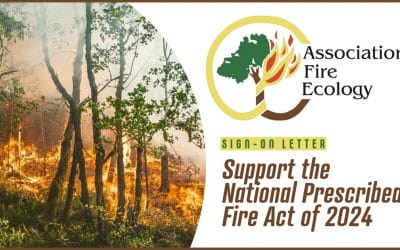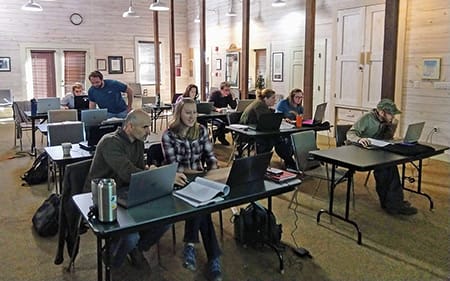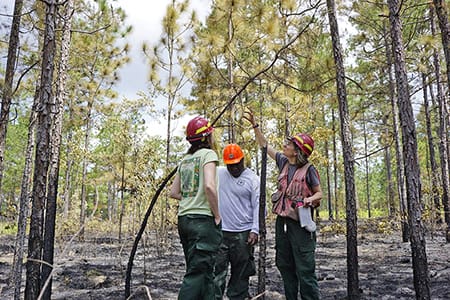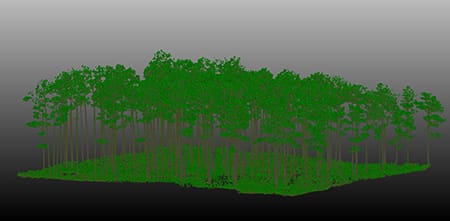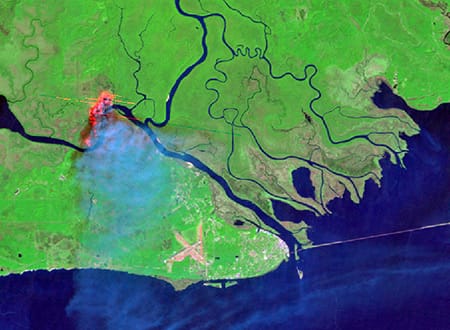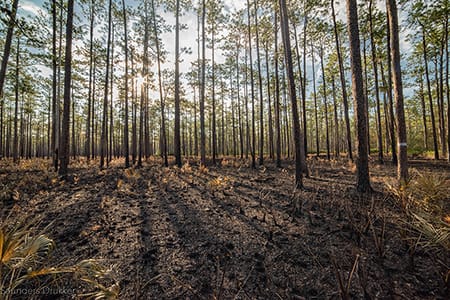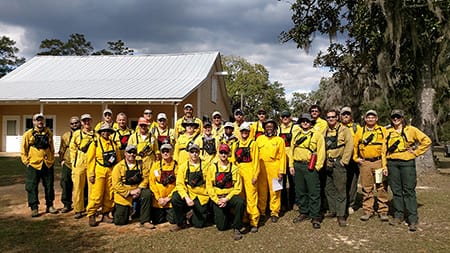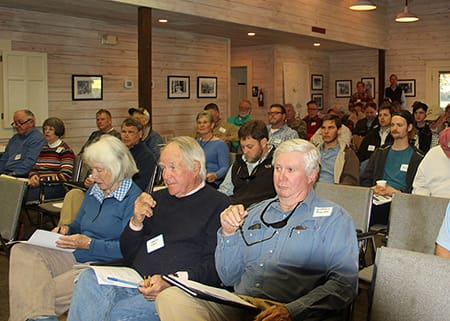National Fire Use — The Risk Demands the Best Training Possible
In much of the Southeastern Coastal Plain the prescribed fire practitioner community does a great job applying prescribed fire. We are fortunate to have reasonable weather and topography, yes, but our history of fire use and cultural acceptance of fire are critical to its continued successful application. There are occasional errors, but overall 99.84% of prescribed fires result in the desired outcome to manage vegetation, promote biodiversity, sustain wildlife populations, and minimize the chances of severe wildfires. Significant structural damage from prescribed fire escapes are exceedingly rare, only a few times per decade.
Unlike the southeast, much of the country has lost its culture of fire, and in efforts to return it to the landscape, mistakes have greater impacts and result in unexpected backlash. The recent wildfire in New Mexico that started from an escaped prescribed fire is still under investigation, but it is likely an example of the need for advanced prescribed fire training, and advanced decision support tools to decide when and how to ignite a prescribed fire. Now the U.S. Forest Service (USFS) has placed a moratorium on all fires on Forest Service lands — nationwide. It is perhaps an understandable reaction given the size of the fire and the damage it has caused, however, one that we in the Red Hills and southeast believe is overly reactive.
Burning is a day-to-day decision based on vegetation and weather conditions and risks of escape. Fire can vary across counties, not to mention across the U.S. By halting burning of National Forest lands in the southeast, we have set back efforts for conservation, forestry, and fuels management. I do agree with Forest Service Chief Randy Moore’s call to use the best available science, technology, and decision tools to assist prescribed burners to assess risk, and make better informed decisions. Ramping up prescribed fire is important to reduce the chances of wildfire. But, the complex landscapes and conditions we ask people to apply fire to requires a new approach. We need all-hands-on-deck to help develop a cohesive and collaborative path forward. No one agency or organization can do it. There is tremendous knowledge and ability in all the agencies, as well as universities, and yes, non-profits!
At Tall Timbers, the efforts of our Fire Science Applications department are geared towards the Chief’s request. In collaboration with colleagues across the country, including the USFS, Los Alamos National Laboratory, and US Geological Survey (USGS) scientists, they have developed a new generation of decision tools ready to be put to the test. Tall Timbers helps to train fire practitioners to use these tools, and through the efforts of our partners in the National Interagency Prescribed Fire Training Center, students not only learn to apply fire, but will one day soon learn to apply these latest tools and technologies.
We are proud to build the new Leigh Perkins Conservation and Education Center to provide state of the art training facilities, to host more of our nation’s future prescribed burners, and to help train the literal army of burn practitioners needed to apply more fire safely.
So, Tall Timbers IS deeply involved to help resolve the wildfire issues by collaboration; we provide leadership based on our research legacy and culture of fire. It is important as prescribed fire is ramped up across the country that we help assure it is done wisely and safely. Mistakes happen, but they need to be minimized so that our use of fire is not threatened by over reactions to them. We all need to work together to keep fire on the land.






